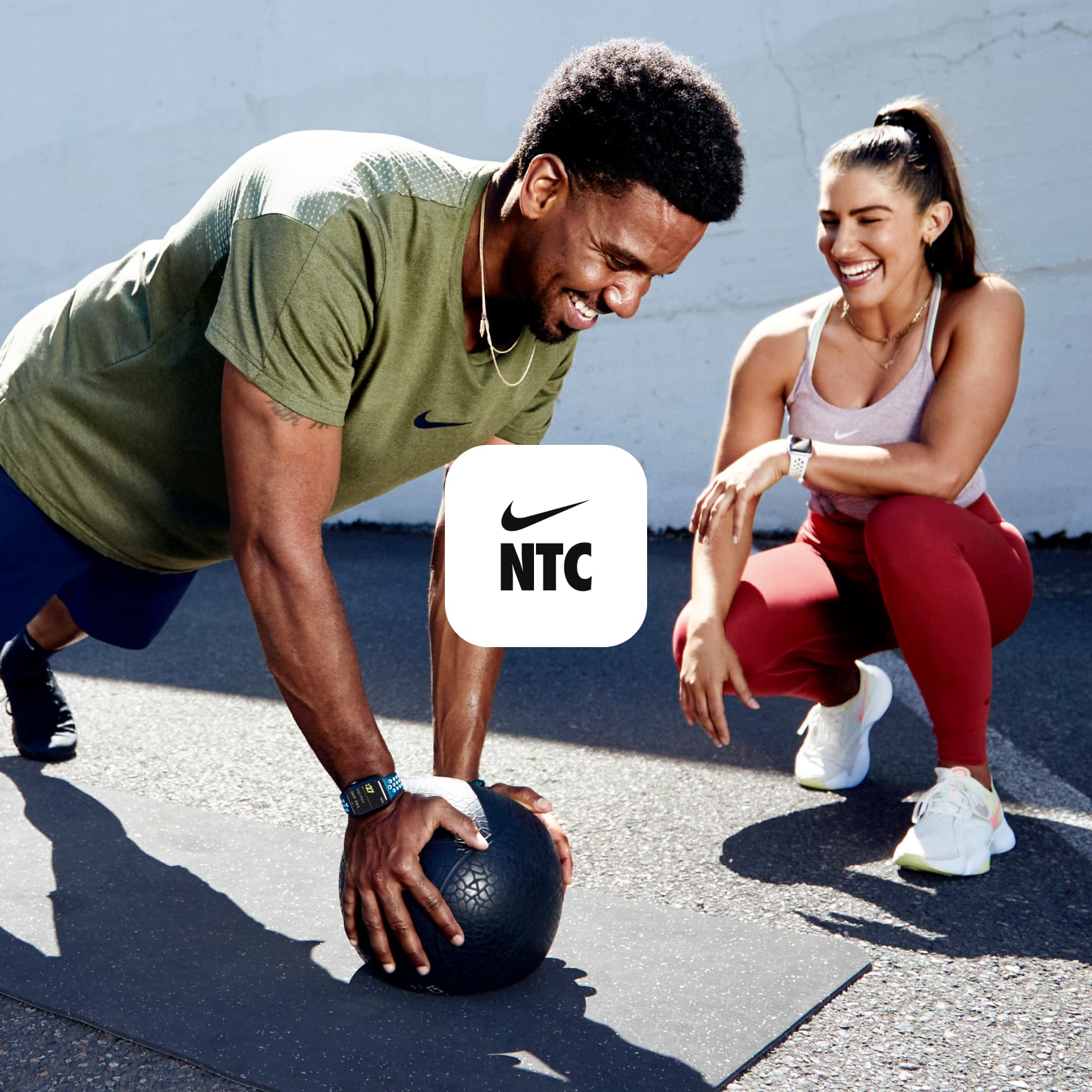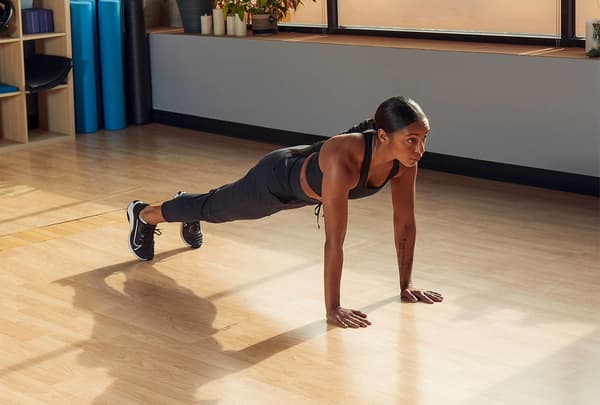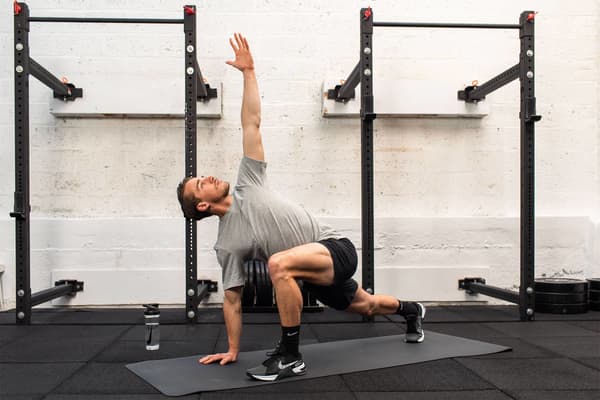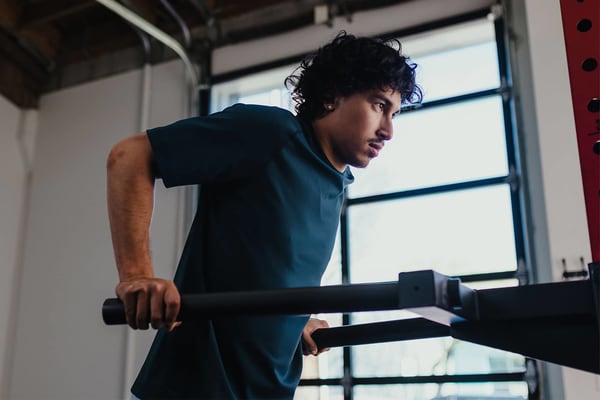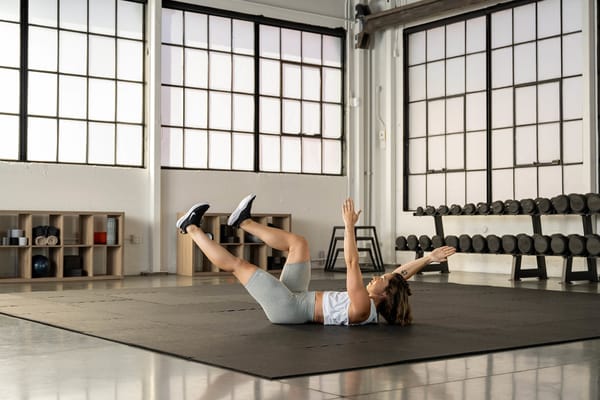Flutter Kicks: What Are They and What Muscles Do They Use?
Sport & Activity
Flutter kicks can help tighten and tone your abs. Here's how to make them work for you.
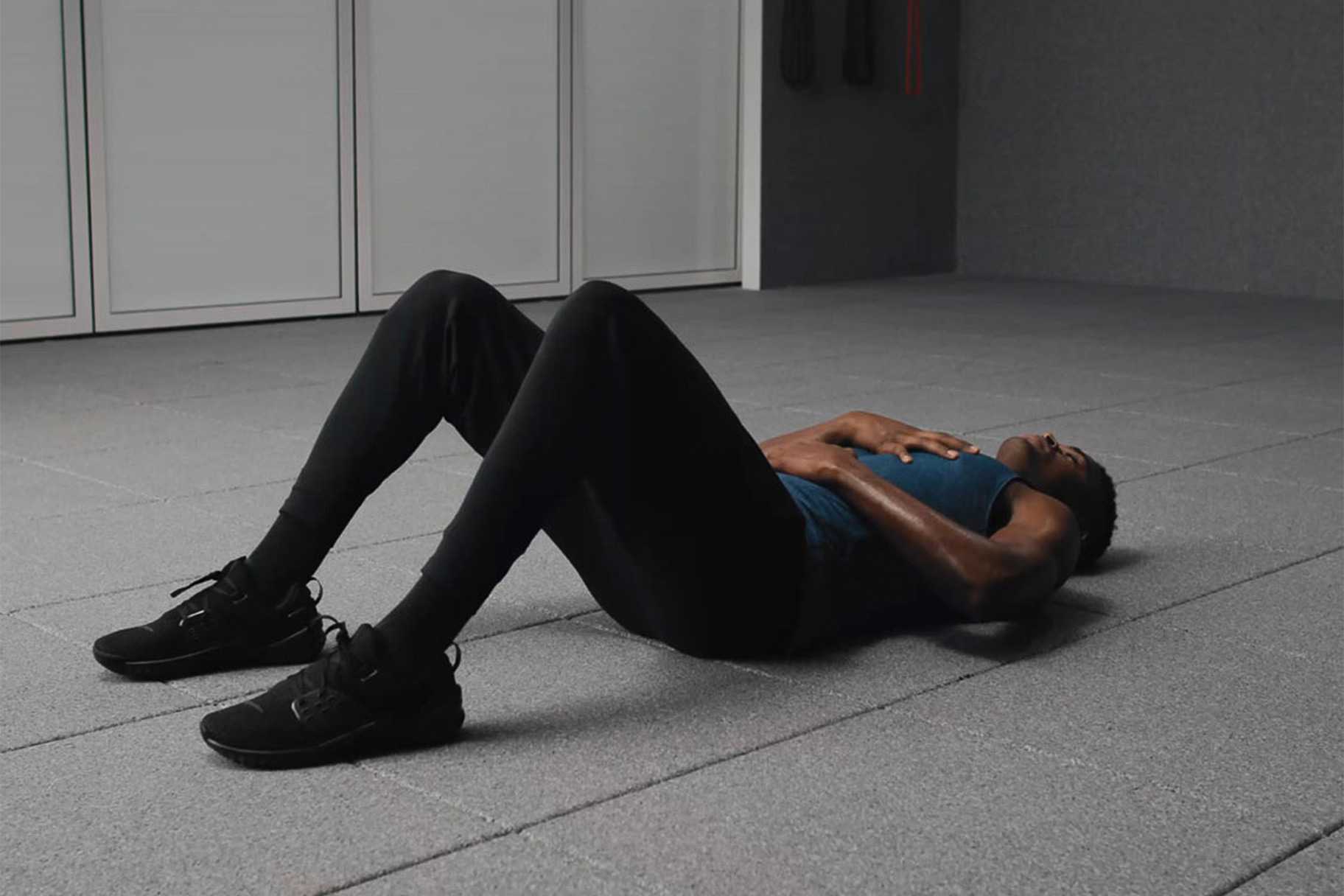
Building a tight core takes time. Fortunately, there are plenty of exercises that can help you strengthen those muscles, including flutter kicks.
This exercise allows you to target several muscles in your abdominal region and lower back without the need for extra equipment—all you need for this move is you. Flutter kicks are also an exercise most people can do, which makes them a good move to add to your regular workout routine.
But, while you may have some idea of what flutter kicks are, it's understandable to have questions about how to do them properly, along with what specific areas they target.
Here's what you need to know.
What are flutter kicks?
Flutter kicks are an abdominal exercise you perform while laying on your back on the floor.
"You elevate your legs off the floor and, keeping them straight, 'flutter' your feet up and down", said Albert Matheny, RD, CSCS and co-founder of SoHo Strength Lab. Worth noting: you can also do flutter kicks in the pool as part of a swimming workout, but they're generally used on dry land.
While flutter kicks are usually done on your back, you can also do these while laying on your stomach if you want to target the muscles in your lower back, Matheny said.
Flutter kicks predominantly work the muscles in your lower abs, making this a good alternative exercise to crunches and sit-ups, according to Matheny. "You see these a lot in Pilates", he said.
What muscles do flutter kicks work?
Flutter kicks target several muscle groups.
"When performed correctly, flutter kicks utilise the lower abs and hip flexors, as well as engaging your quad muscles", said Doug Sklar, a NSCA-certified personal trainer with an MS in Exercise Science and the founder of New York City-based fitness training studio, PhilanthroFIT.
They can also activate the muscles in your lower back, Matheny said. And, if you do them while laying on your stomach, they can even work your upper glutes.
RELATED: The Reason Your Squats Aren't Growing Your Glutes—And How to Fix It
How To Do Flutter Kicks
To do flutter kicks, Sklar recommended laying down on your back on a comfortable, flat surface, like a yoga mat. Then, keeping your legs straight, scissor your legs up and down about six to eight inches apart while pressing your lower back into the floor. (Some people prefer to have their hands and forearms under their bum for this, while others will keep their arms at their sides.)
"Your legs should be as stiff as a board", Matheny said.
If you're a beginner, Sklar said you can do these with your heels tapping the floor. "More experienced exercisers should aim to keep their heels a few inches off the floor", he said.
As for how fast you should go, Matheny said it's ultimately up to you. "Speed doesn't matter too much … The main focus is the time you're doing it". Still, he said, "go at a pace that feels moderate for you—not too fast or too slow".
Starting slow can help, Sklar said. "You can mix up the speed of your repetitions, but I'd advise slow and steady early on", he said. "Focus on correct technique with extra attention paid to the position of your lower back".
If you're new to flutter kicks, Sklar suggested aiming for "manageable and sustainable sets and reps".
For example, try doing 10 seconds on, followed by a 30-second rest. Repeat that three times. As you become more comfortable with the moves and build up your core muscles, you can gradually increase the time of each set.
Matheny offered a note of caution on speed, saying that "a faster speed is harder, but you don't want to go too slow or too fast".
When should you do flutter kicks?
Flutter kicks don't require any special equipment, so they're easy to add to just about any part of your workout.
"You can add a few timed rounds of flutter kicks into your warm-up, or at the end of your workout as part of a finishing routine", Sklar said.
RELATED: 13 Best Full-Body Exercises To Do Without Equipment, According to Experts
Matheny said that flutter kicks can be "used at any time" in your workout. "Because it's your abs and legs being worked, you can pair them with an upper-body exercise to create a circuit for yourself", he said.
And, while many people tend to do abdominal work at the end of their exercise routine, Matheny said it's not a requirement. "It's really up to you", he said.
Common Flutter Kick Mistakes To Avoid
1.Arching Your Back
Ideally, your lower back should be pressed against the floor, Matheny said. He recommended picturing your belly button pressing into your spine or tucking your bum in.
“If you think about tucking in your bum, your pelvis will move towards a more neutral position", Matheny said. "Tuck your bum in and pull your ribs down. It's taking the curve out of your spine and flattening your back against the floor".
A good way to quickly tell if you're arching your back, Sklar said, is to try to slide your hand under your lower back. "If you are able to slide your hand all the way across your back, you may be setting yourself up for injury", he said. "Try to press your lower back into the floor so you cannot slide your hand underneath".2.Not Engaging Your Abs
It's crucial to engage your abs when you do flutter kicks in order to maximise the benefits and reduce your risk of injury, Matheny said.
"If your abdominals aren't engaged, then your back is under tension", he said. "That's not the goal of the exercise and could potentially aggravate your back or make it spasm".
3.Keeping Tension in Your Neck
You'll want to maintain a "neutral spine" while doing flutter kicks, Matheny said. Meaning, your neck shouldn't be arched. "Make sure you're not craning your neck up", Matheny said. "Leave your head on the floor".
4.Losing Your Form Over Time
Flutter kicks can be tiring, and it's easy to lose your form over time, Matheny said. "When you feel like your abs aren't working as much or your back is lifting, those are signs that your abs are fatigued and it's time for a break", he said.
5.Going For Too Long
Technically, you can do flutter kicks for as long as you can maintain good form, but Matheny said there's really no need to go beyond sets of 30 to 60 seconds. "Multiple minutes of flutter kicks won't make a difference", he said.
Words by Korin Miller
